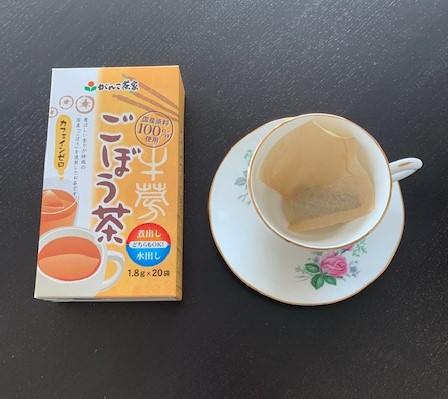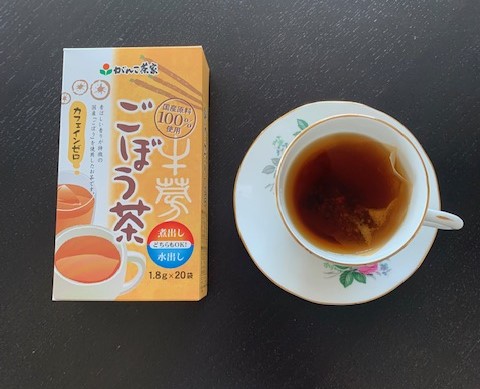
Though the two of us who run drinkingjapan.org hold doctorates, neither of them has anything remotely to do with medicine, so we do not offer medical-related advice or promote elixirs for assorted maladies. That is not to say that we do not have strong opinions along such lines. (How’s that for a nice double negative?) And it is our decided opinion that burdock in general and its tea in particular are salubrious. We will, however, cite a few sources to give our readers a better understanding of the plant and the drink derived therefrom, and in next week’s entry we will discuss an aspect of burdock tea that has been either ignored or little publicized.
The medieval polymath Hildegard von Bingen in her classic work Physica is clearly not a burdock booster when she advises its use only by “a person who is born with a stone in his body.”1 Individuals so stoned, which is probably not what Bob Dylan had in mind, should “cook the leaves of the herb in the finest wine” and drink the still-warm beverage before or after meals.
The U.S. Department of Agriculture in its Farmers’ Bulletin, No. 188 notes its use in the United States of the period: “The root alone is recognized in the United States Pharmacopeia, but there is a limited demand for burdock seed, and the leaves also are employed. Burdock roots and seeds are used in blood and skin diseases, and the leaves externally as a cooling poultice for swellings and ulcers, the latter being employed only in a fresh state.”2
Finally, this is what Victoria Zak has to say about the plant, which she calls “The Big Guy of Purifiers.” “Burdock has the best reputation as a blood cleanser. …Calcification in Joints: Excess uric acid can lead to calcification in joints, and muscle and joint pain. Burdock is one of the best cleansers for uric acid and wastes….”3

1Hildegard von Bingen’s Physica: The Complete English Translation of Her Classic Work on Health and Healing, translated by Priscilla Throop (Healing Arts Press, 1998).
2Henkel, A. “Weeds Used in Medicine,” Farmers’ Bulletin No. 188 (Washington: Government Printing Office, 1904).
3Zak, V. 20,000 Secrets of Tea: The Most Effective Ways to Benefit from Nature’s Healing Herbs (New York: Dell Publishing, 1999).
We would like to acknowledge Professor Melitta Adamson’s input with respect to Hildegard von Bingen.